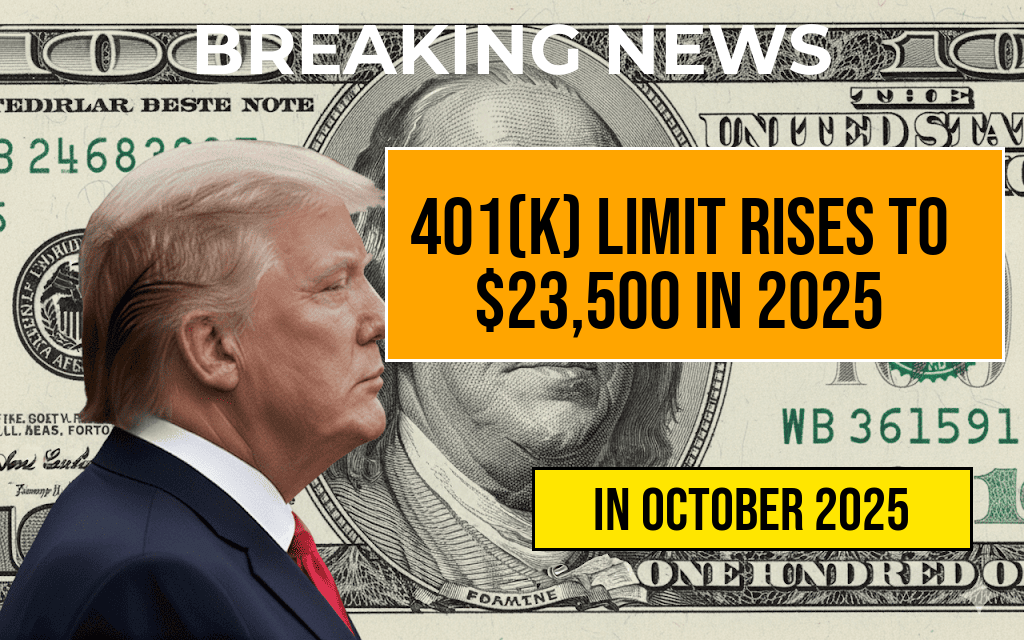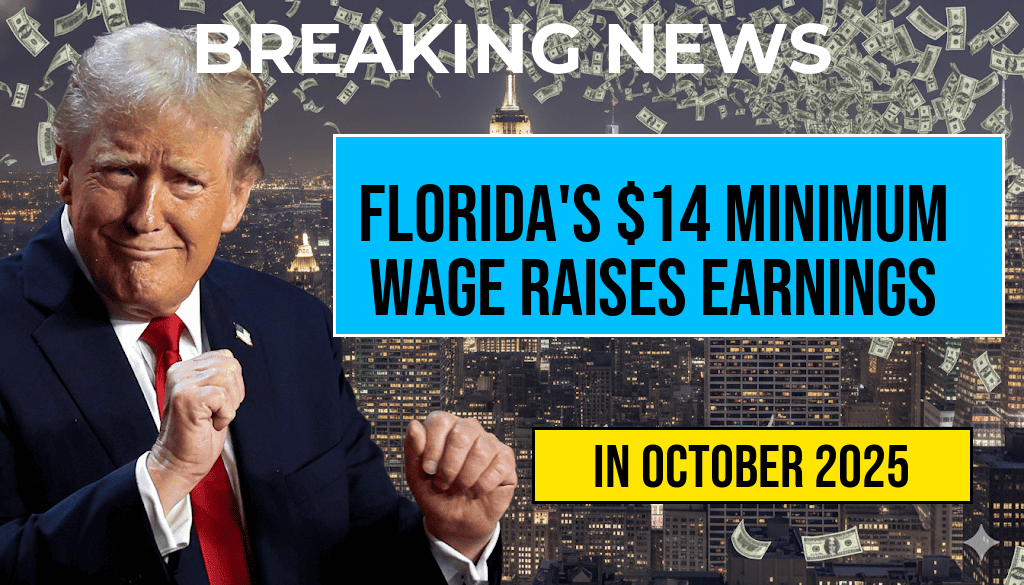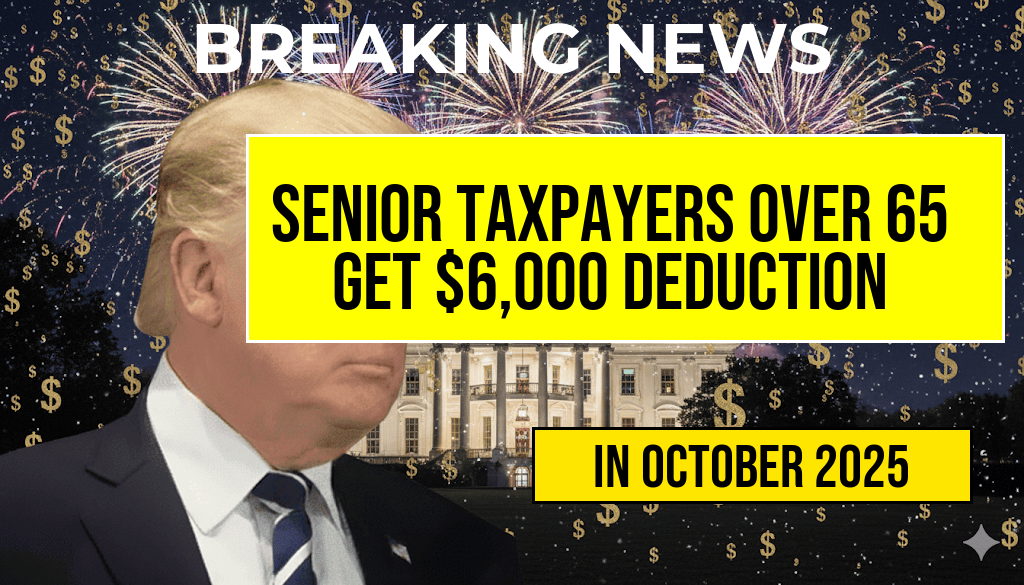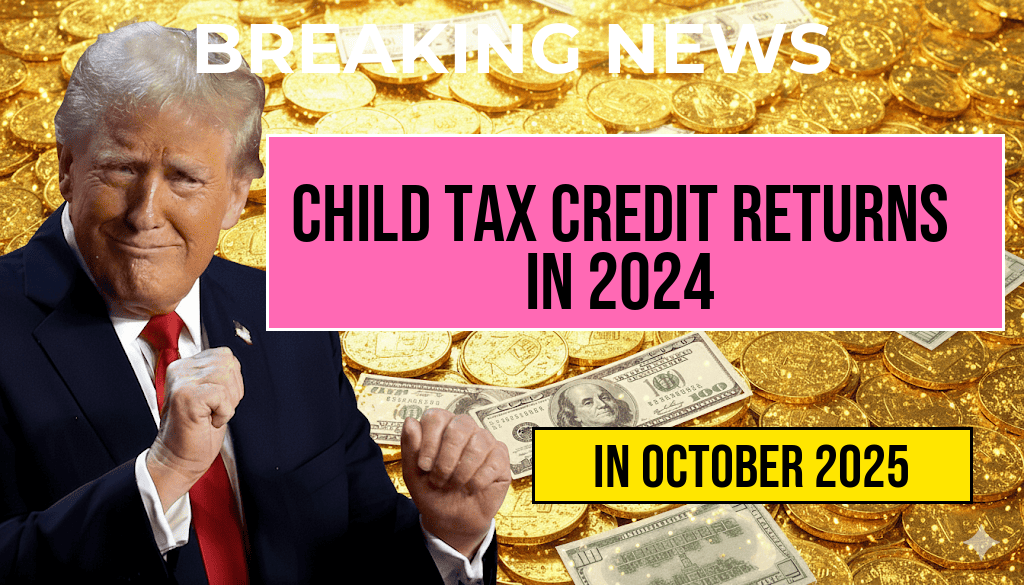The Internal Revenue Service (IRS) announced that the 401(k) contribution limit will increase to $23,500 for the 2025 tax year, marking a substantial rise from the previous limit of $22,500 in 2024. This adjustment reflects ongoing inflation adjustments and aims to allow workers to save more toward their retirement. The new limit applies to the total amount employees can contribute to their employer-sponsored 401(k) plans, with additional provisions for catch-up contributions for those aged 50 and older. This change is expected to influence retirement planning strategies nationwide, prompting both employees and employers to reevaluate their contribution amounts and plan options. As financial advisors emphasize, maximizing contributions within these new limits could significantly enhance future retirement security amid shifting economic conditions.
Understanding the 2025 401(k) Contribution Limits
Details of the Increase
| Year | Standard Limit | Catch-up Limit (age 50+) |
|---|---|---|
| 2024 | $22,500 | $7,500 |
| 2025 | $23,500 | $7,500 |
The primary increase applies to the standard contribution limit, which now allows workers to allocate an additional $1,000 toward their retirement savings in 2025. The catch-up contribution limit remains unchanged, providing older workers with the opportunity to save more as they approach retirement age.
Implications for Retirement Planning
Financial experts suggest that the higher contribution cap could enable workers to accelerate their savings, especially given persistent inflation and rising healthcare costs. With the new limit, employees earning steady incomes can potentially contribute more without exceeding IRS thresholds, allowing for tax-advantaged growth over time. Moreover, employers might review their matching policies to encourage increased employee contributions, fostering a culture of enhanced retirement preparedness.
Factors Driving the Increase
Inflation Adjustment
The IRS adjusts contribution limits annually based on inflation metrics, particularly the Consumer Price Index for Urban Consumers (CPI-U). The upward revision for 2025 reflects a moderate inflation rate, ensuring that contribution limits keep pace with rising living costs. Experts note that these adjustments are essential to maintain the purchasing power of retirement savings over time.
Legislative and Policy Trends
Recent legislative measures and policy discussions have emphasized bolstering retirement security. While no major reforms have yet altered contribution limits beyond inflation adjustments, the trend indicates a recognition of the need to support Americans in building more substantial nest eggs. Policymakers continue to evaluate proposals for expanding retirement plan participation and increasing contribution caps.
Potential Challenges and Considerations
Contribution Coordination
Employees participating in multiple retirement plans or employer-sponsored plans must coordinate contributions to avoid exceeding the annual limits. Excess contributions can lead to tax penalties, underscoring the importance of tracking contributions carefully, especially as limits rise.
Impact on Employer-Sponsored Plans
Organizations offering 401(k) plans will need to review their plan documents and communication strategies to inform employees about the new limits. Some employers might also consider increasing matching contributions or introducing new incentives to motivate higher savings levels.
Expert Perspectives
Financial advisors highlight that maximizing contributions within the new thresholds can significantly influence long-term retirement outcomes. “With the increased limit, workers have a greater opportunity to boost their savings, especially if they start early,” notes Wikipedia’s page on retirement savings. “It’s crucial for individuals to review their financial plans and consider increasing their contributions accordingly.”
Resources for Retirement Planning
- Social Security Retirement Benefits
- Retirement Plans Explained
- Forbes: Maximizing 401(k) Contributions
As the 2025 contribution limits take effect, workers and employers alike are encouraged to revisit their retirement strategies. With a broader opportunity to save, individuals can take proactive steps toward securing financial stability in later years, leveraging the increased caps to build more resilient retirement portfolios.
Frequently Asked Questions
What is the new 2025 401(k) Contribution Limit?
The 401(k) contribution limit for employees will increase to $23,500 in 2025, allowing participants to contribute more towards their retirement savings.
Who is affected by the increased 401(k) contribution limit?
All employees participating in 401(k) plans are affected by this change, especially those who maximize their contributions or plan to increase their savings for retirement.
Are there any changes to the catch-up contribution limits for 55 and older employees
Yes, the catch-up contribution limit remains at $7,500 for employees aged 55 and older in 2025, allowing them to contribute additional funds to their 401(k) plans.
When will the new contribution limits take effect?
The increased contribution limit to $23,500 will be effective starting from the 2025 plan year, giving employees the opportunity to adjust their contributions accordingly.
How does the increase in 401(k) contribution limits impact retirement planning?
The higher contribution limits enable employees to save more for retirement, potentially leading to larger nest eggs and a more secure financial future. It encourages proactive retirement planning and increased savings.








